The first survey of minimalist art held in Southeast Asia is not to be missed. Here are ten highlights to be experienced first hand at the National Gallery Singapore and the ArtScience Museum.

Olafur Eliasson, Room For One Colour, 1997
November 16th, 2018
Opening today at the National Gallery Singapore and the ArtScience Museum at Marina Bay Sands, Minimalism: Space. Light. Object. is an impressive blockbuster that showcases around 150 works of art by over 80 artists and 40 composers across the two venues.
This is the first survey of minimalist art held in Southeast Asia, and the first major minimalism exhibition to include artists from this region as part of an expanded global perspective on the movement. A central element of the exhibition is the placement of Asian art and ideas in dialogue with Western art. The influence of Asian philosophies on Western artists, as well as the contribution of Asian artists to a wider discourse of minimalism are discussed.
The exhibition begins with a focus on how minimalism moved from colour-field painting to minimalist objects in series and geometric shapes in the 1960s. Subsequent artistic tendencies in favour of more open, expressive forms emerged, including land art, process art, performance, and the use of light and new technologies to transform the space and alter viewers’ perception and experience.
A key art movement in the twentieth century that still casts a strong influence across artistic disciplines today, minimalism is chiefly interested in ideas of presence and space, of simplicity, materiality, and seriality. It encourages the experience of art as a direct and unmediated encounter between the viewer and the artwork. Here are some ten highlights to be experienced first hand.
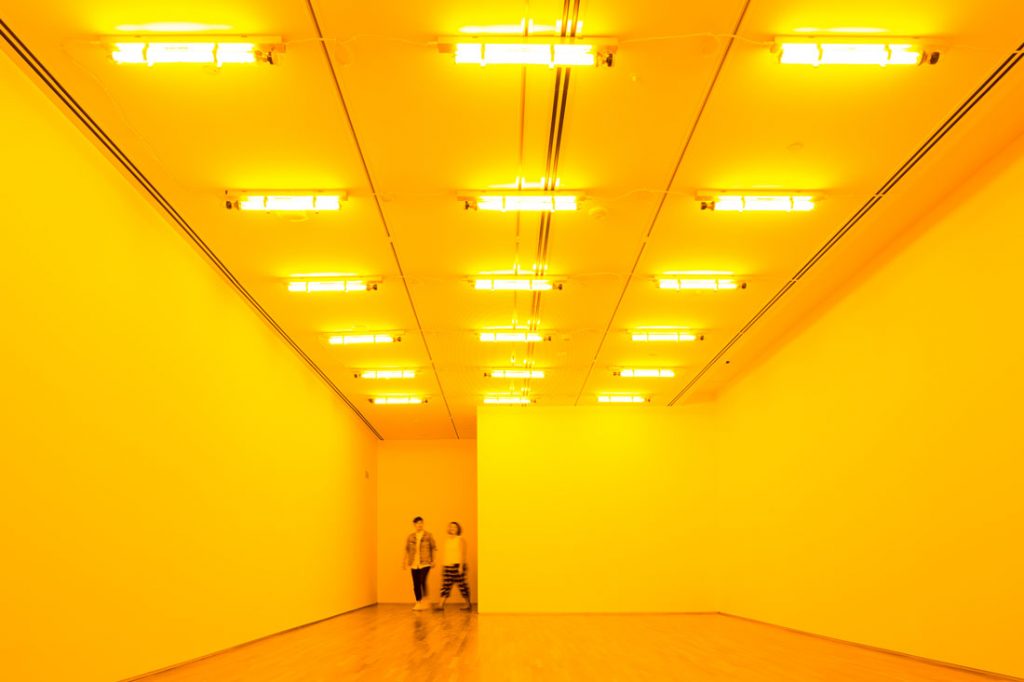
Olafur Eliasson is known for sculptures and large-scale installation art that employ elemental materials such as light, water, and air temperature to enhance the viewer’s experience. In this work, monofrequency lamps mounted to the ceiling of an enclosed white room emit yellow light that reduces the visible spectral range to yellow and black. Everything and everyone turns greyscale in this room. Viewers momentarily perceive a bluish afterimage after leaving the space.
The pieces in Work Set are examples of Franz Erhard Walther’s explorations into participatory and activated sculptures. They are wearable or usable fabric objects with openings, fastenings, or straps that allowed one to step into, put on, or use the object – individually or in a collective action. Walther called these material sculptures “instruments” that demonstrate the demands they made on the body, as well as the possible relationships the objects prompted between multiple users.
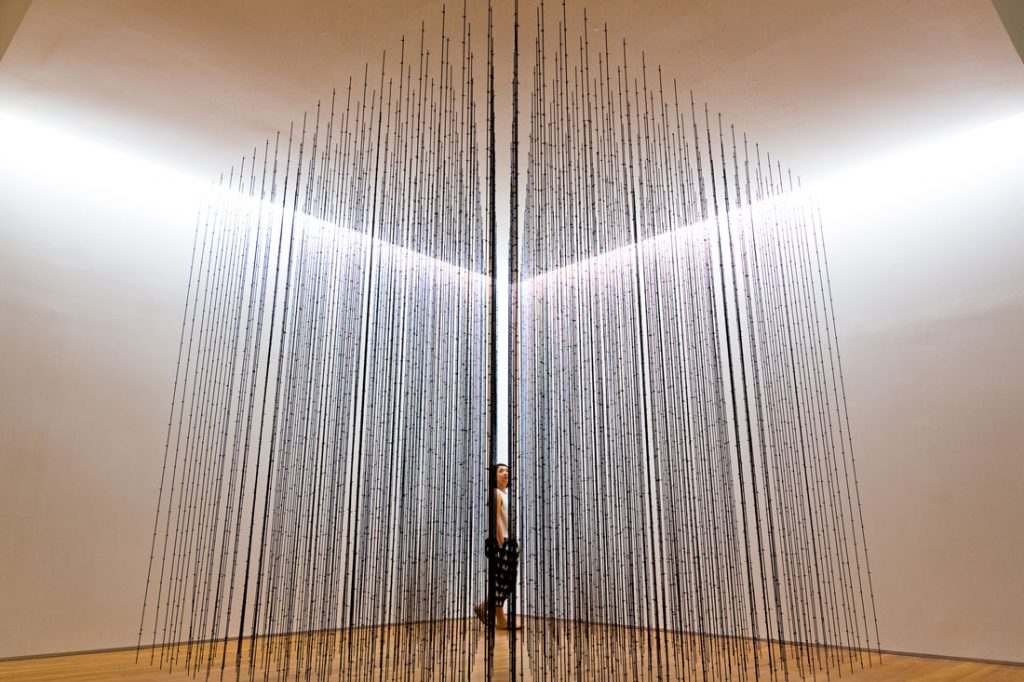
From a distance, the work appears to be a floating, ethereal composition. When approached, it reveals a menacing aspect: the softly defined cube is composed of barbed wire rods that repel the viewer. The latticework has been described to be as delicate as it is threatening, as the barbed wire evokes architectural forms – fences, prisons, camps – designed both to confine and repel.
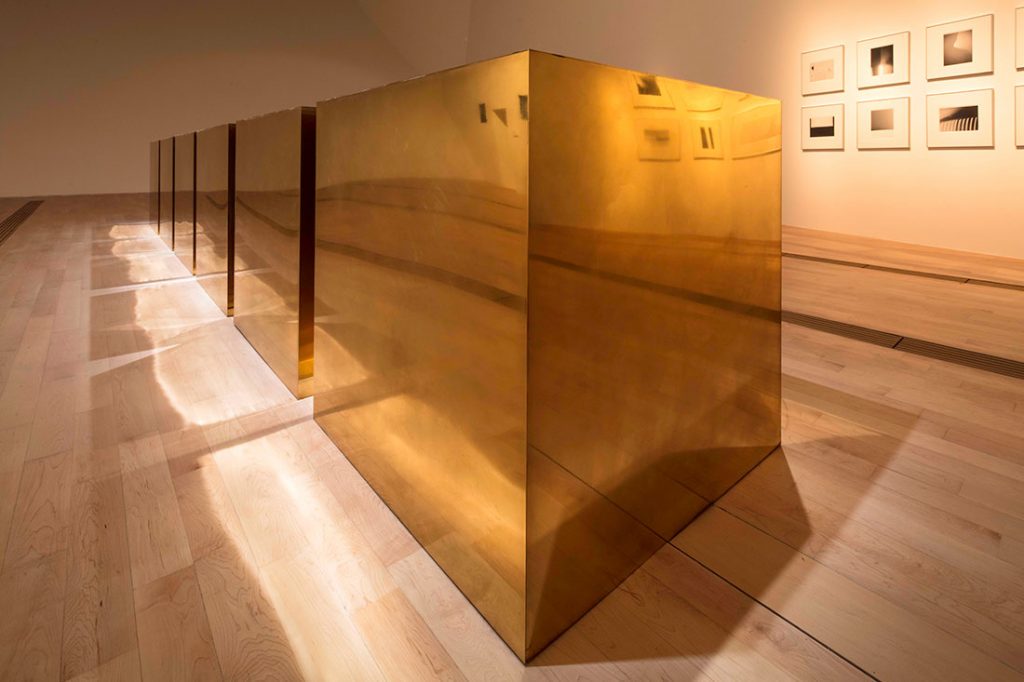
Photo by Marina Bay Sands
This sculpture is one of Donald Judd’s most important works, consisting of six identical brass boxes spaced precisely 150cm apart. The repetitive cubic shape and composition create a visual rhythm in the gallery and encourage the viewer to walk around the object. The sculpture is set on the floor (rather than on a plinth) and the metal is reflective, asking the viewer to consider the work in relation to the gallery space.
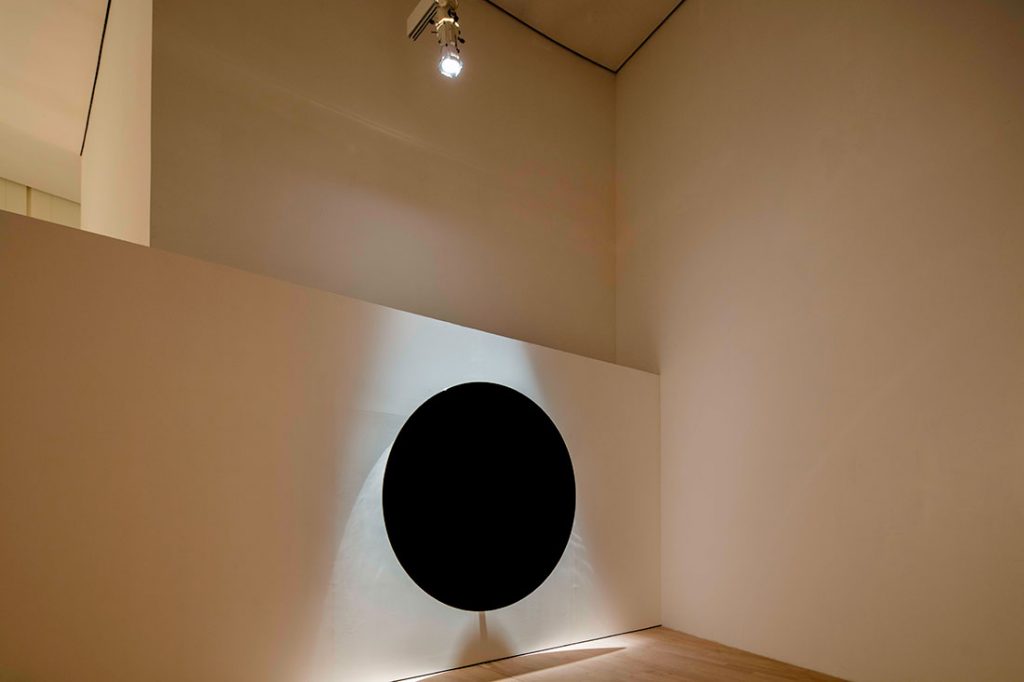
Photo by Marina Bay Sands
Working closely with NASA scientists, De Wilde engineered a material considered to be the blackest black in the world. This art piece was inspired by Malevich’s Black Square painting of 1913, considered by many to be the most important precursor of minimalism. As De Wilde’s carbon nanotube sculpture captures all light at all frequencies. The viewer that looks at the work is said to be gazing into nothing, a void space that is the closest approximation of emptiness that is possible to experience.
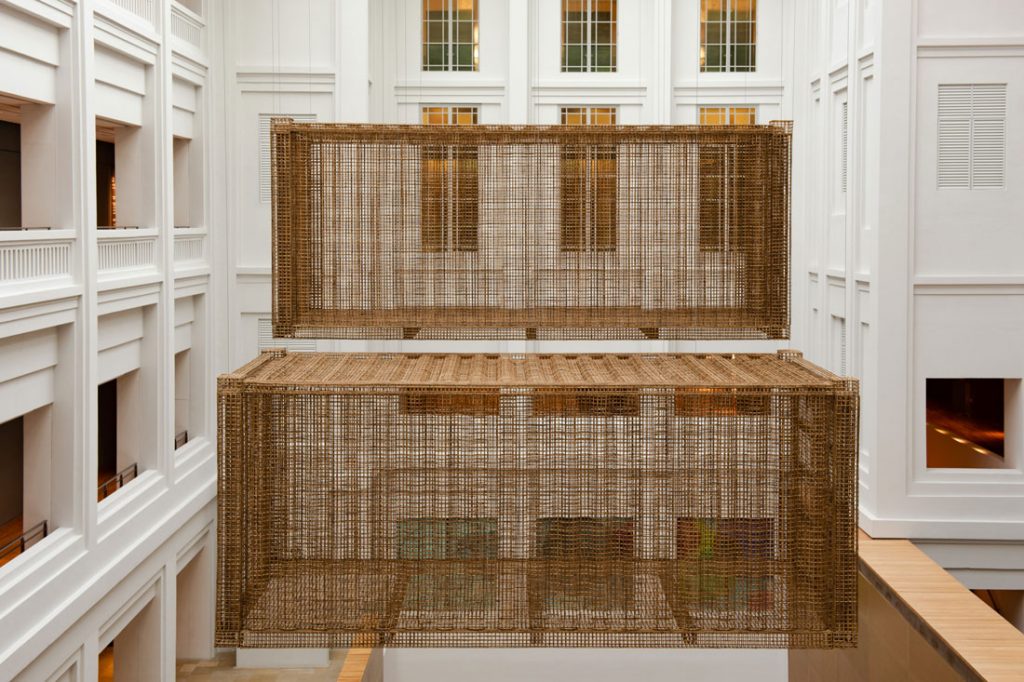
The sculpture is based on the form of a 20-foot shipping container, at 1:1 scale. With this work, Pich references shipping containers as a potent symbol of global trade and capital, recalling philosopher Michel Serre’s concept of ‘world-objects’. While shipping containers are opaque and contained, Pich’s woven pieces suggest delicacy and porosity as they suspend over the atrium at the National Gallery Singapore. The orderly weave in the structures shares the mathematical logic of early minimalist grids.
Presented at the ArtScience Museum, Jeremy Sharma’s sound piece is played in a gallery featuring the works of Carmen Herrera, Chen Shiau-Peng and Donald Judd (see below). In this minimal sound piece, the voice is used as a main sonic material. Actors read a script that combines texts by Marie Darrieussecq, Haruki Murakami, Virginia Woolf and Ludwig Wittgenstein, each trying to describe a colour or the experience of it. The resulting sound artwork explores the relationship between colour perception, memory and fiction, and is an arresting counterpoint to the visual artwork on view in the gallery.
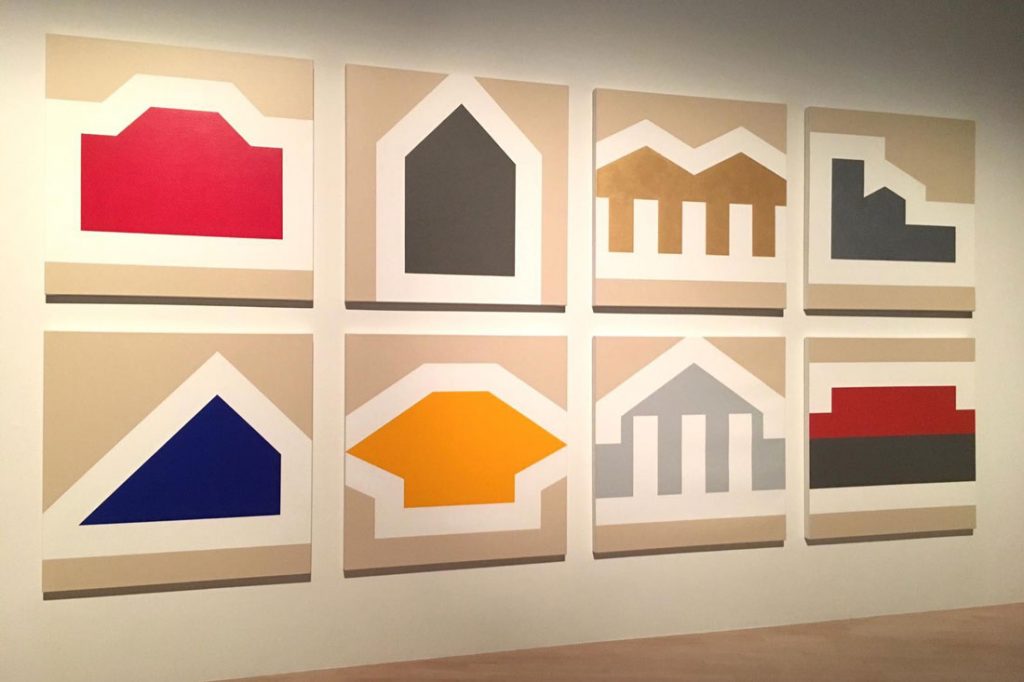
Photo by Yvonne Xu

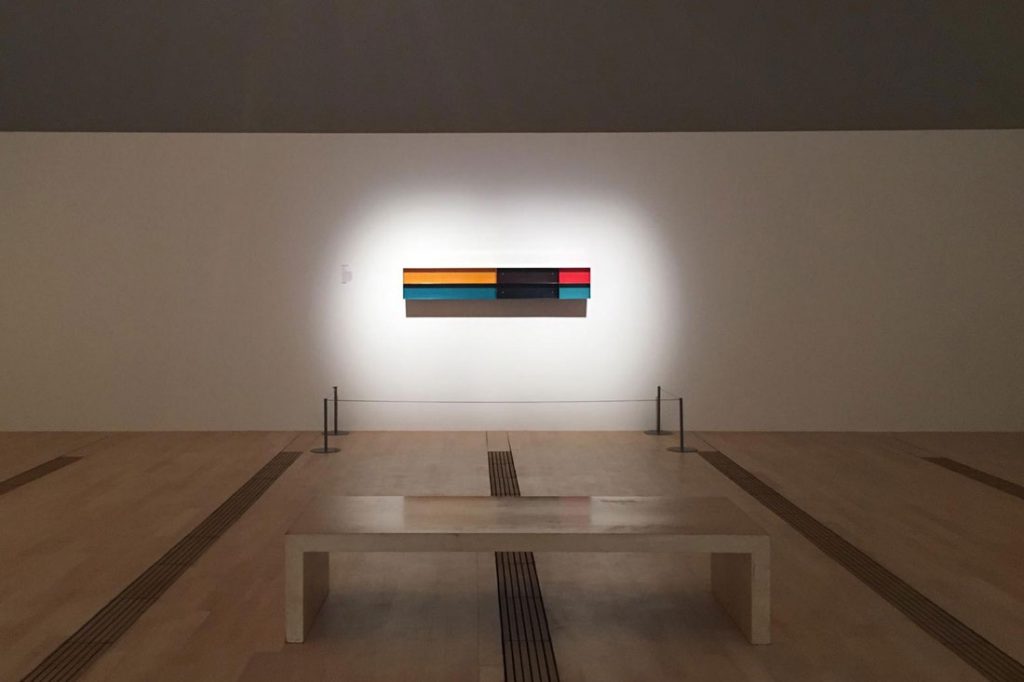
Donald Judd, Untitled (85-033), 1985. Photo by Yvonne Xu
See more pieces from the exhibition in our slideshow:
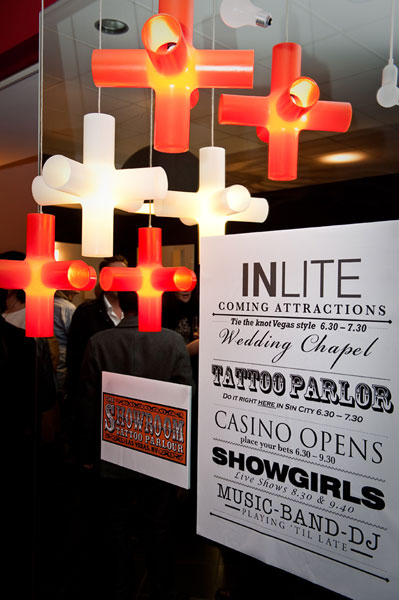
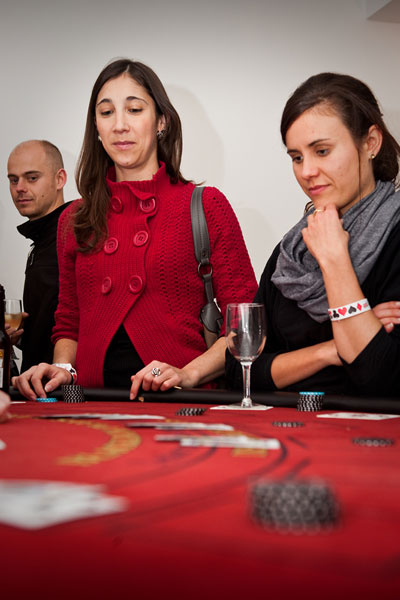
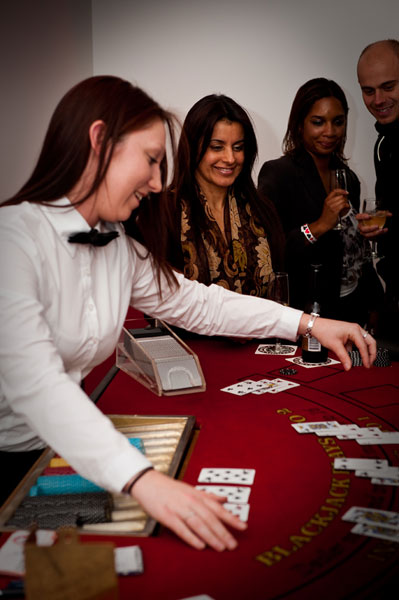
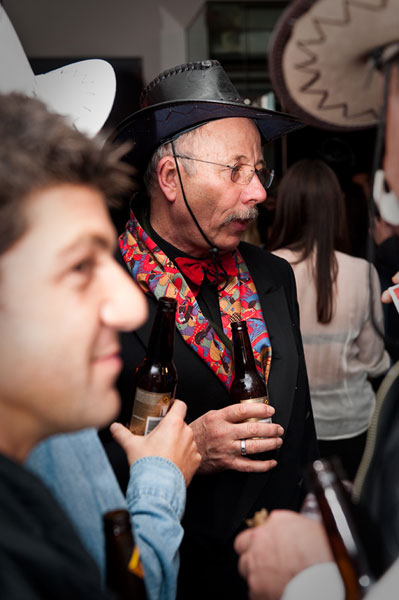
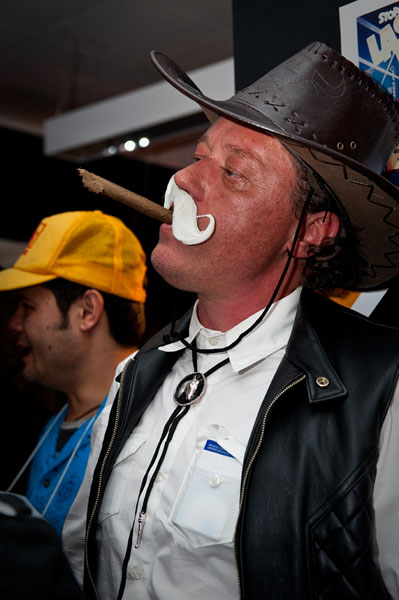

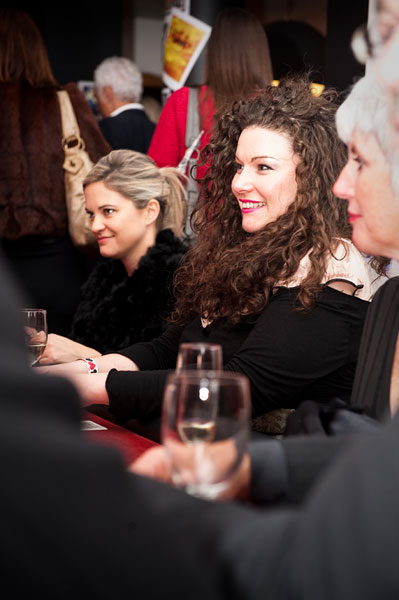
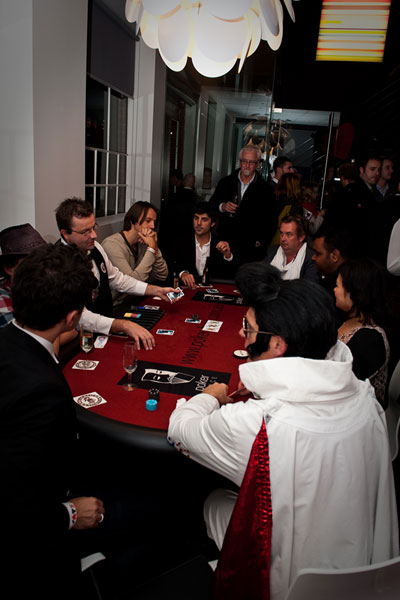

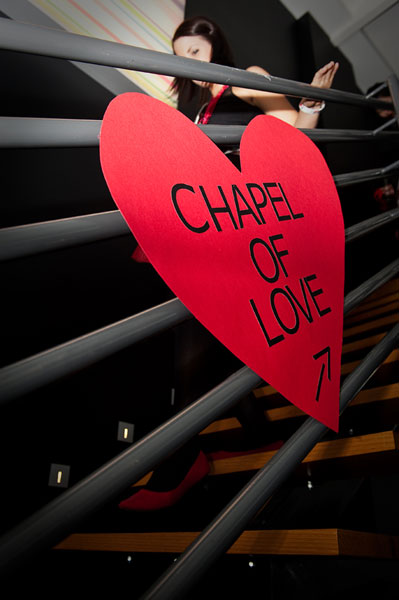
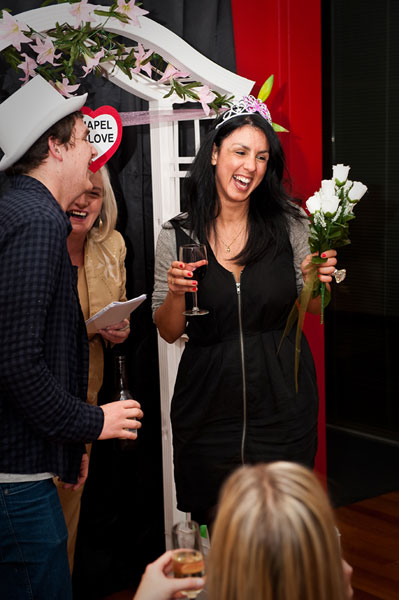


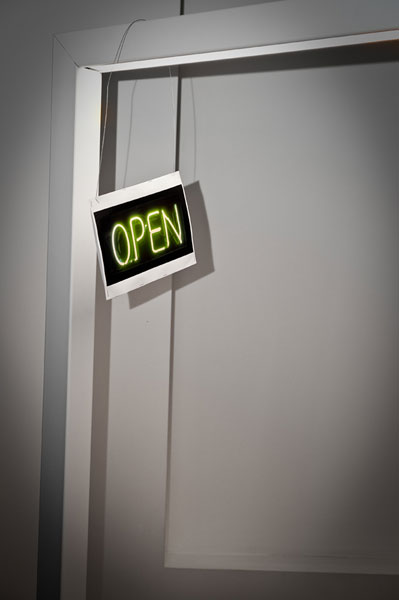
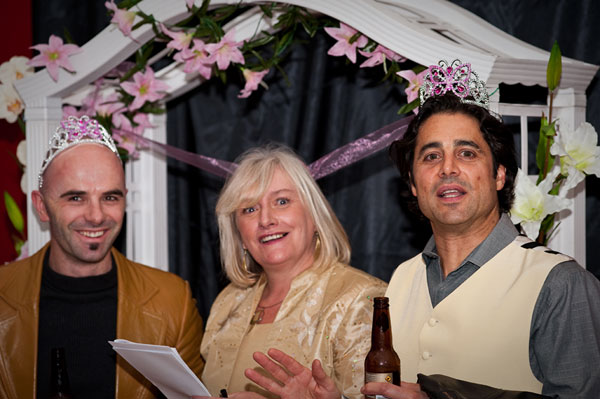
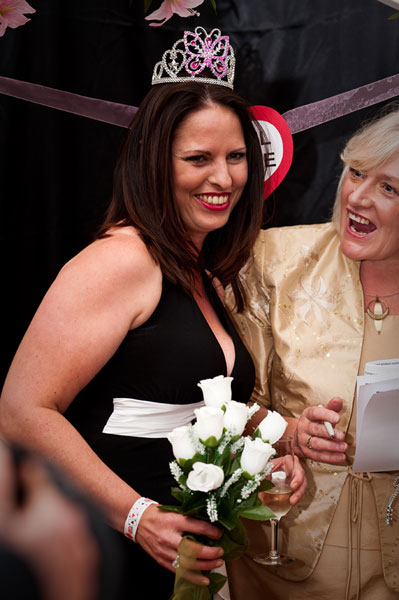

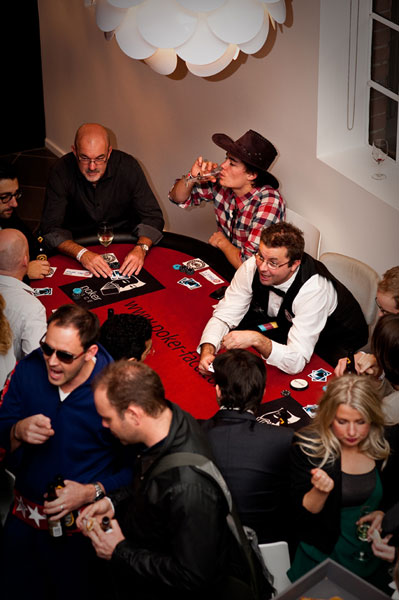

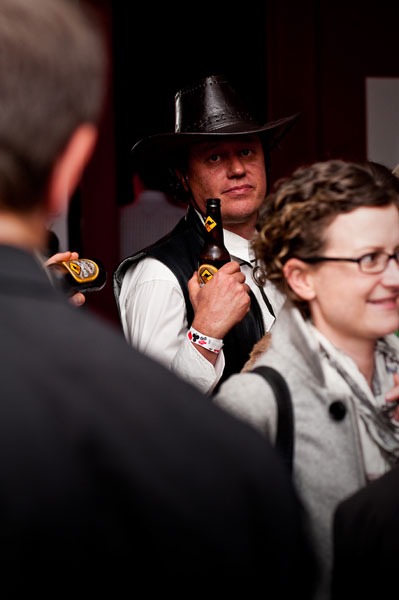
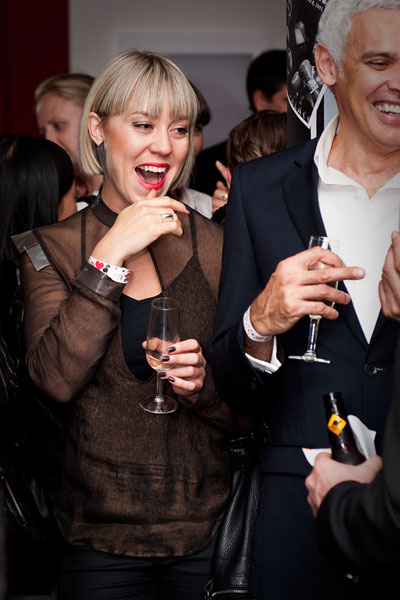
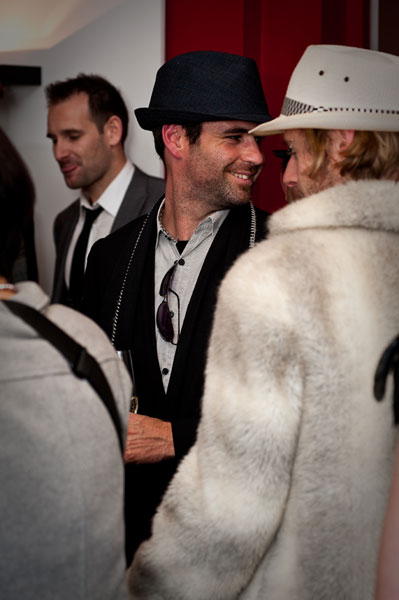
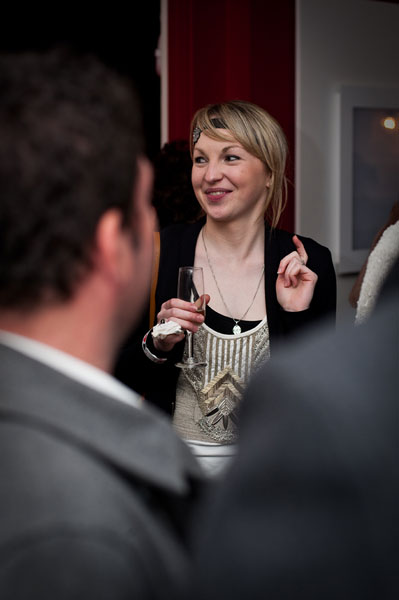
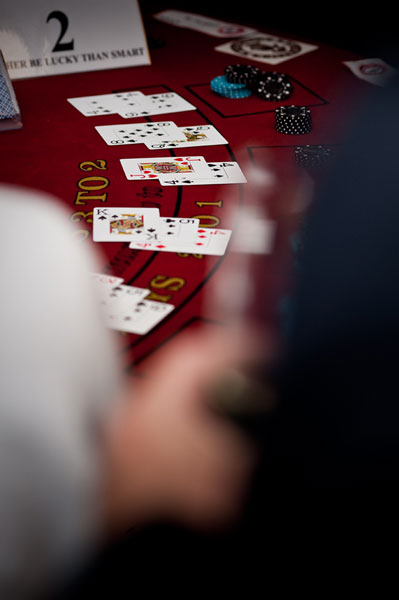
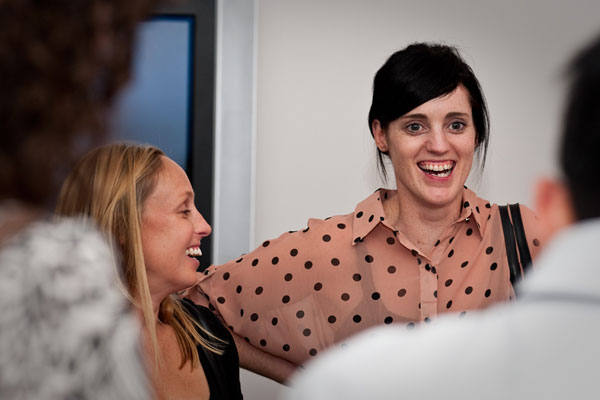
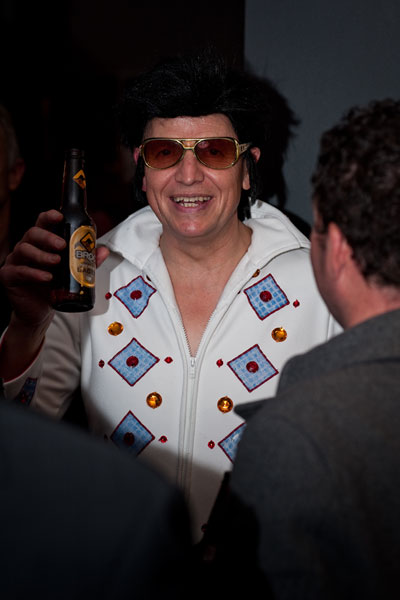

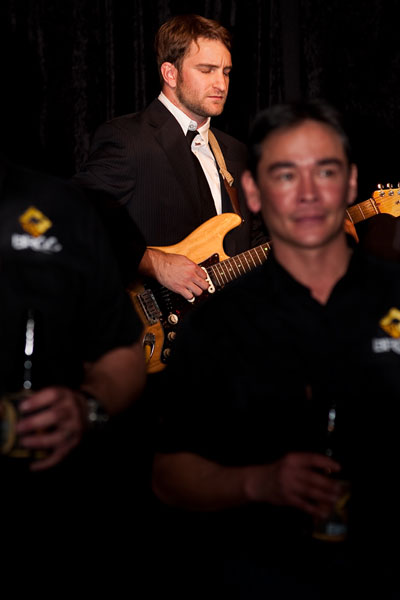
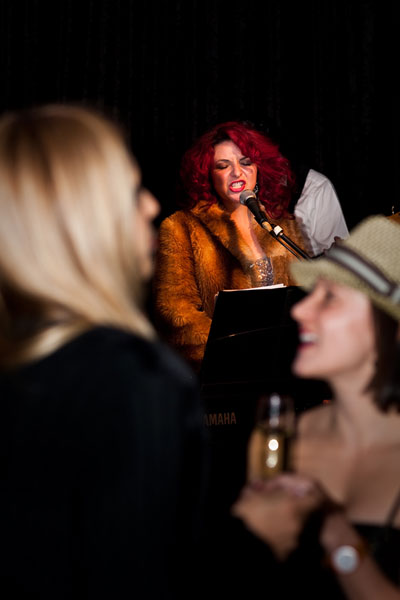
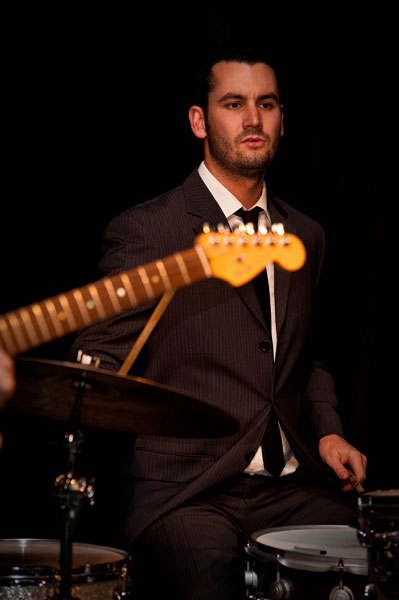
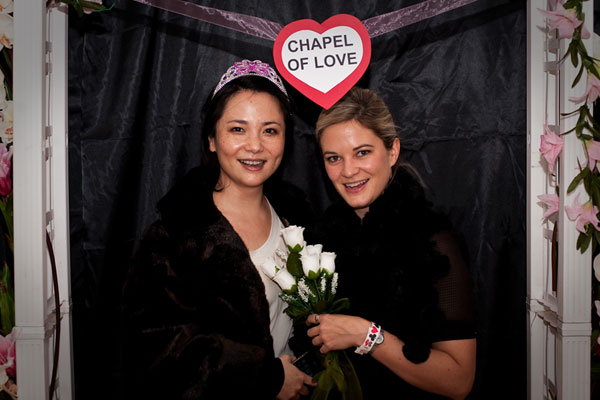
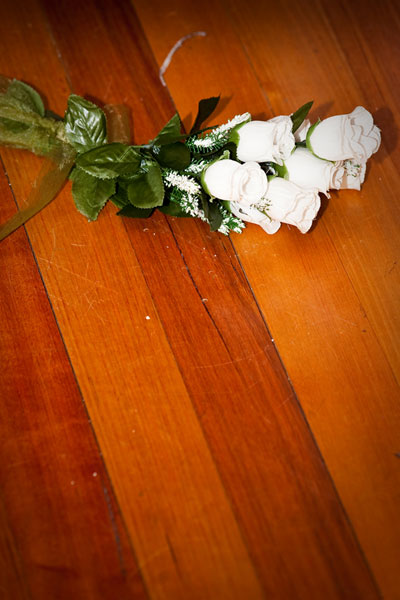
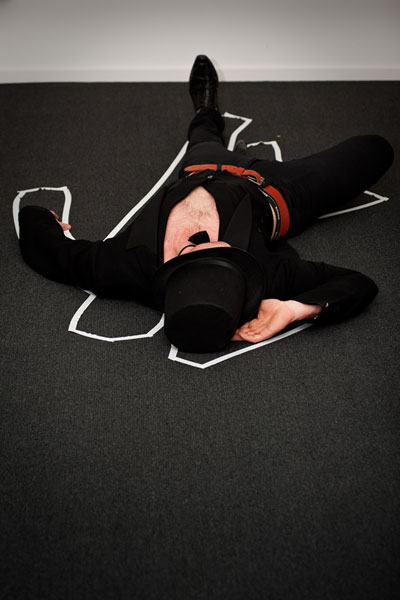

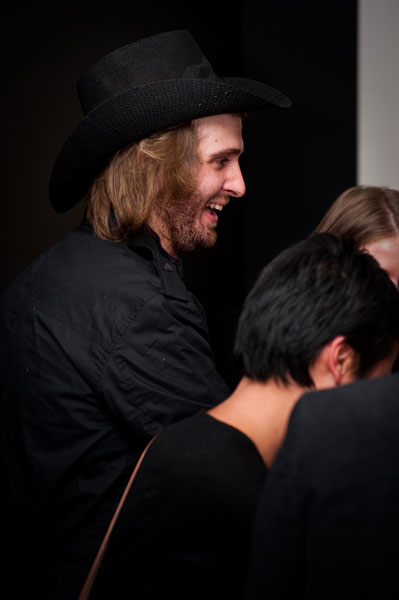
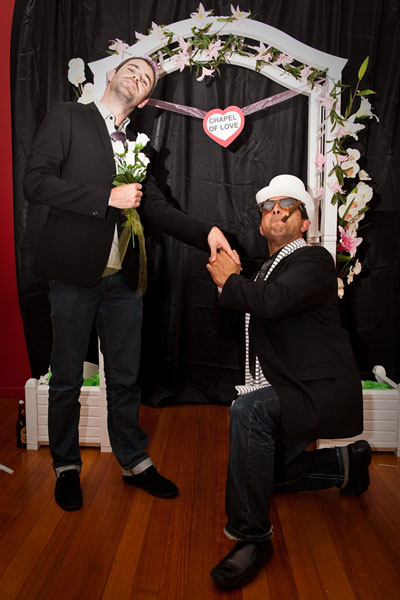
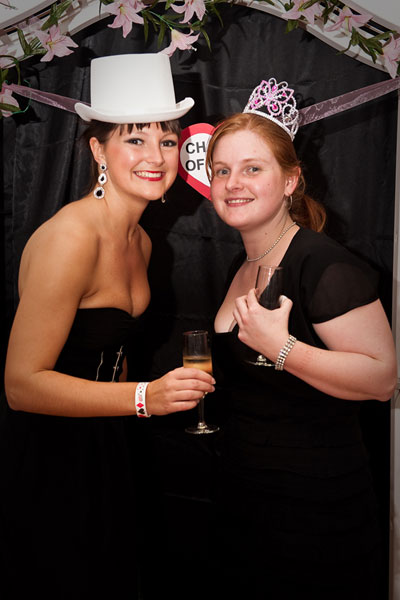
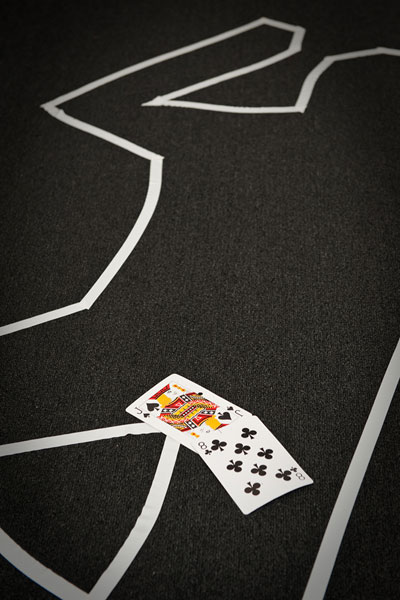
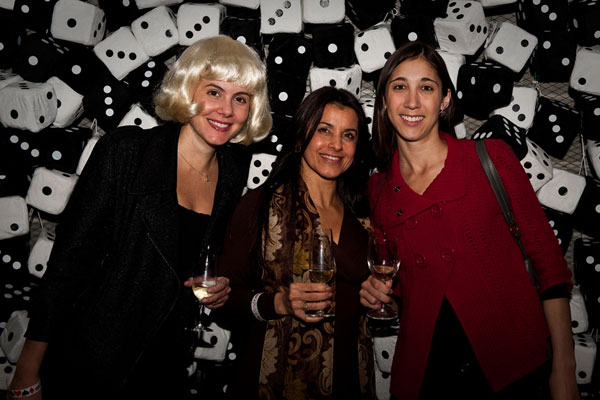
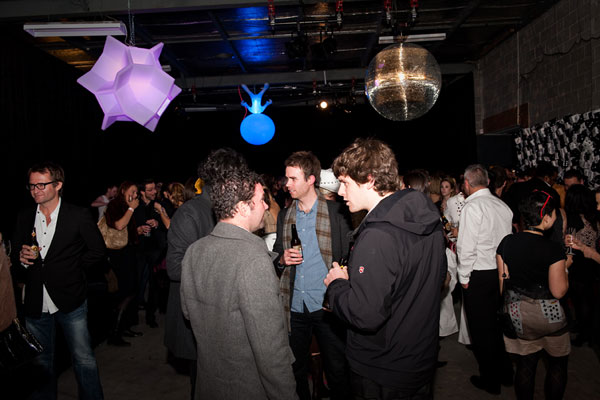
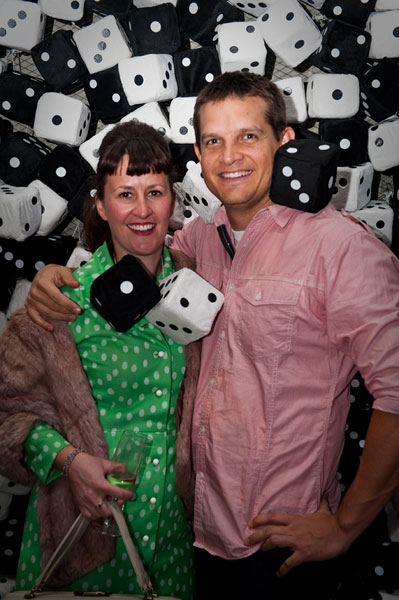
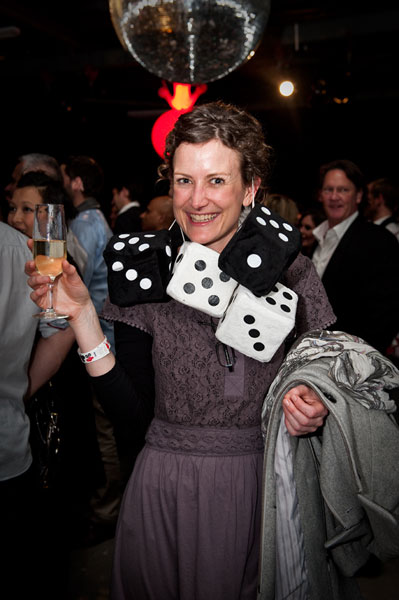
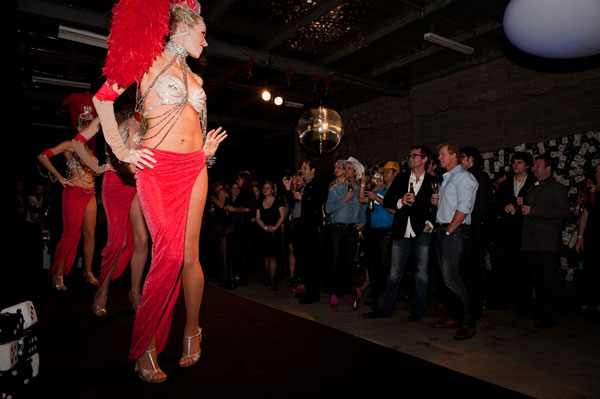
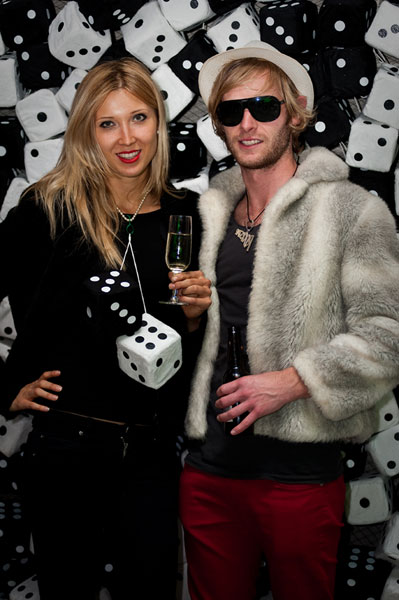
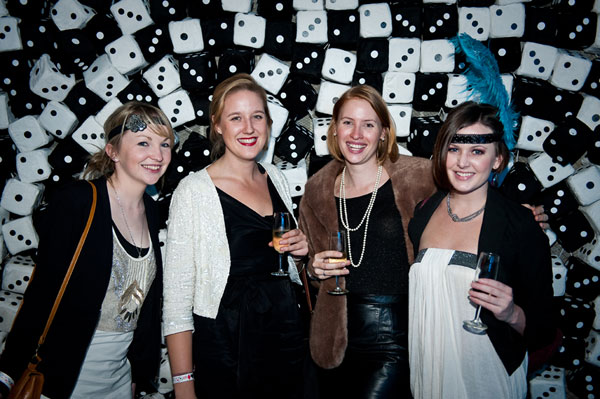
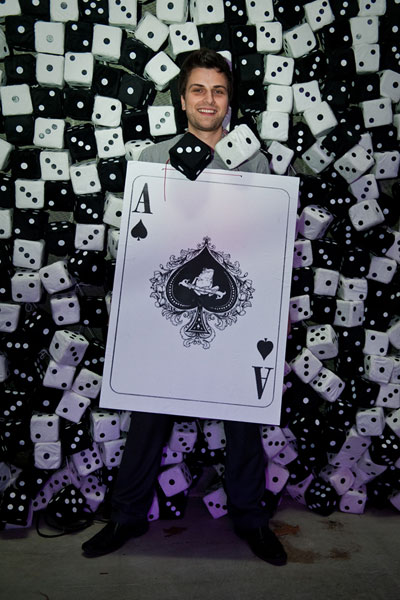
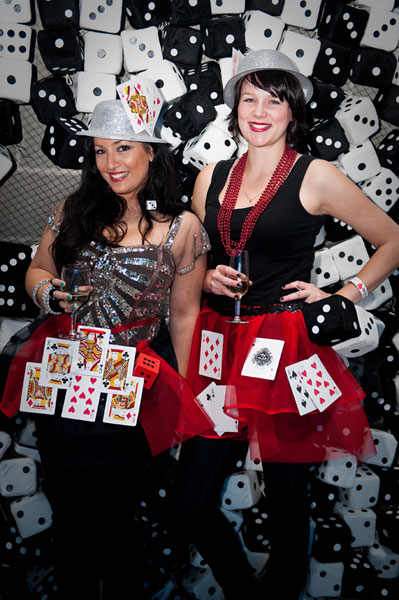

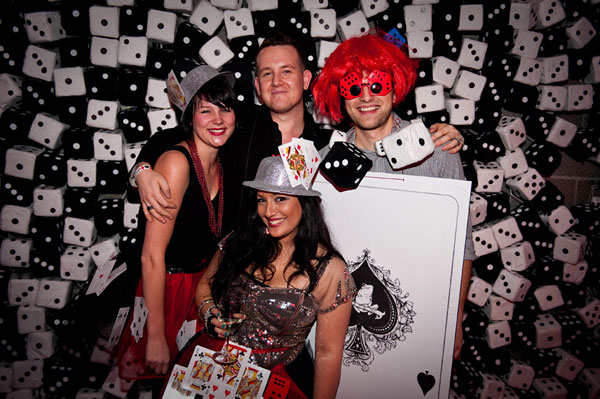
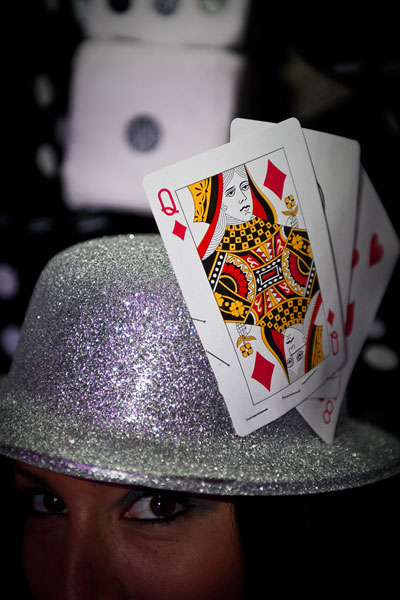
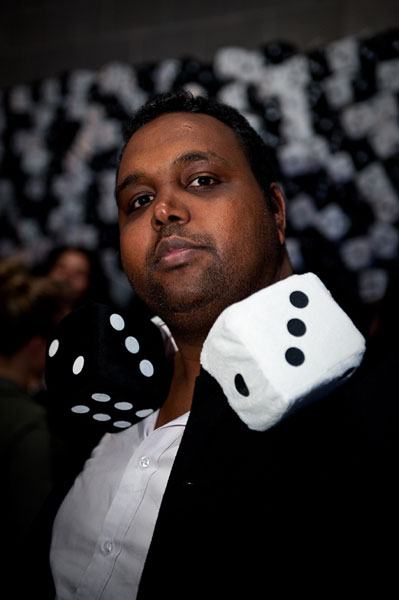
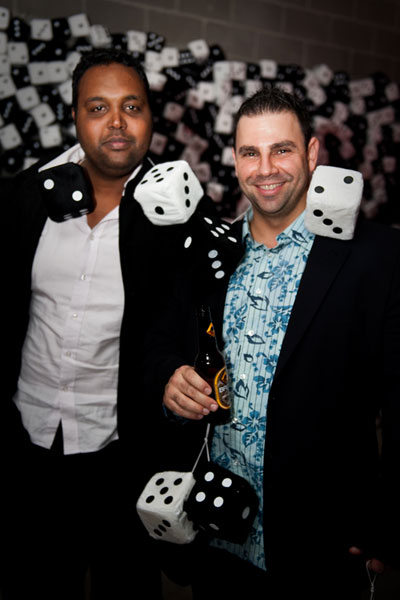
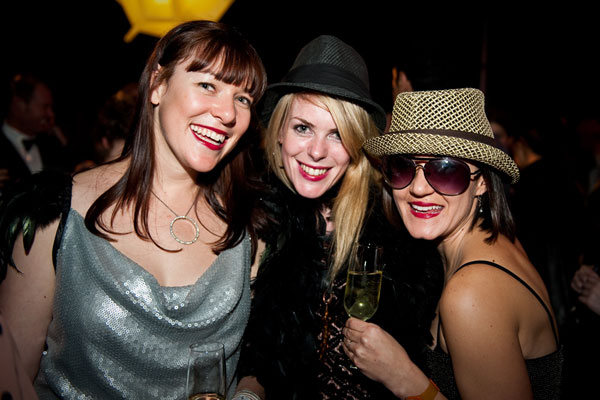
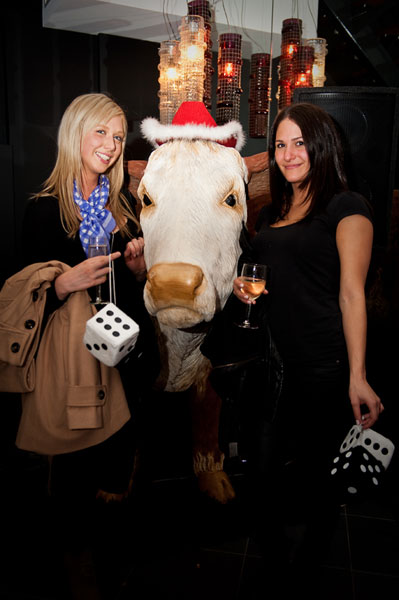
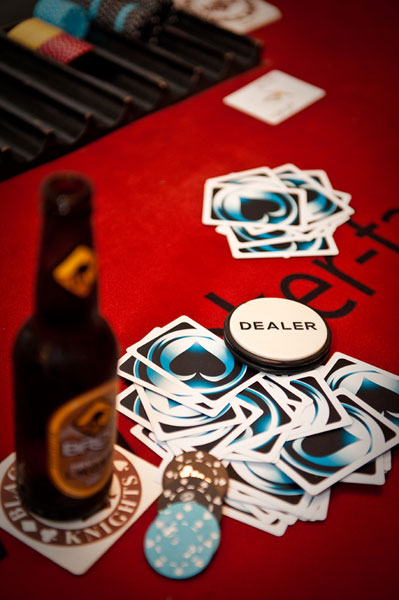

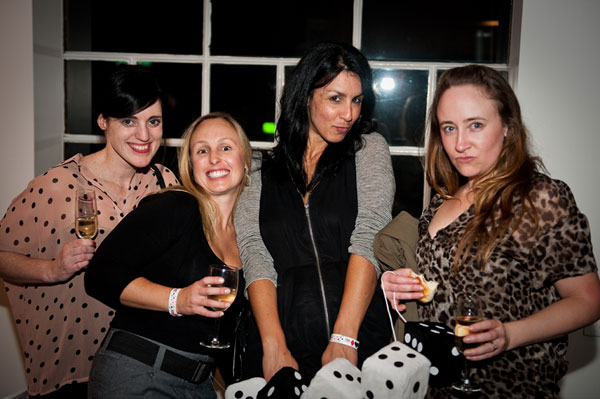
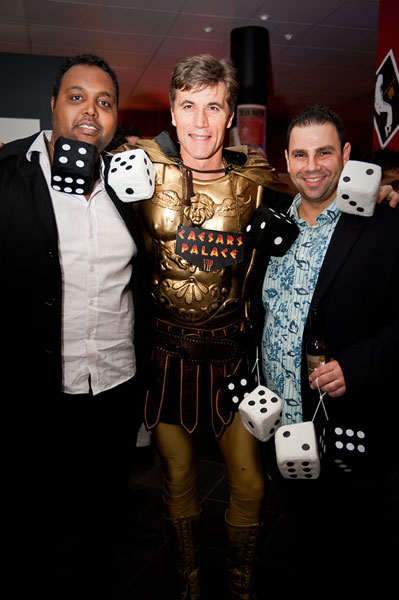

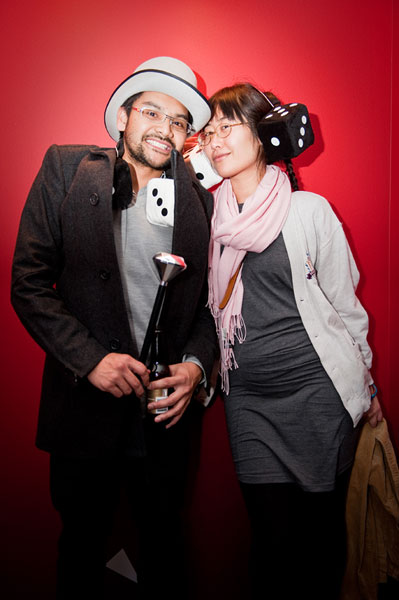
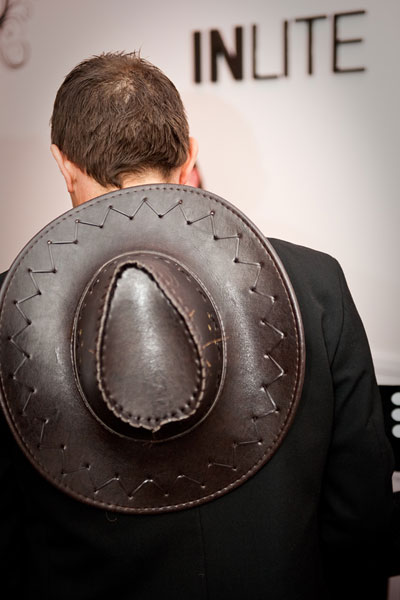
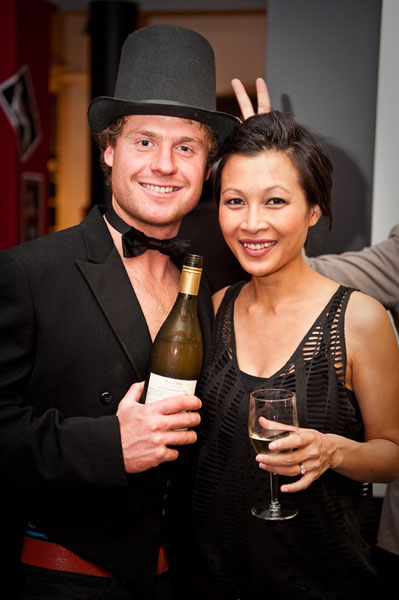


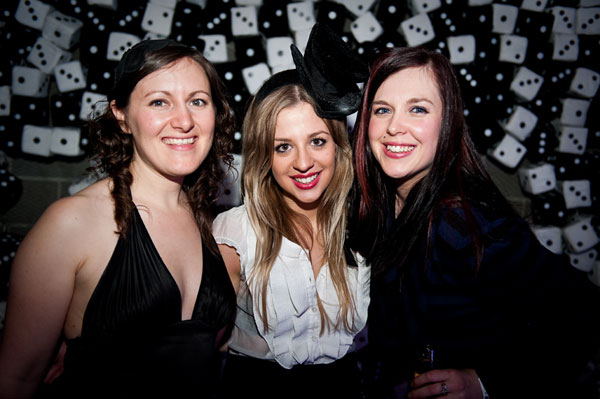

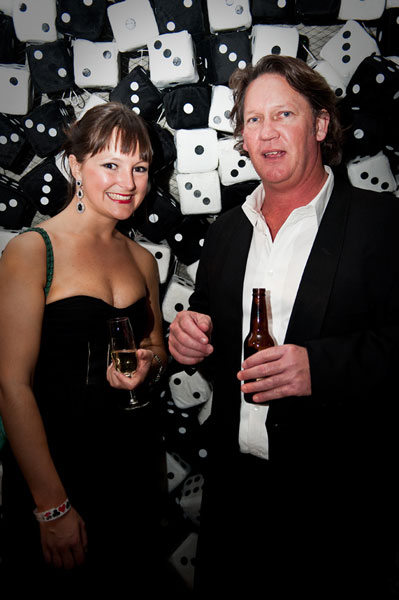
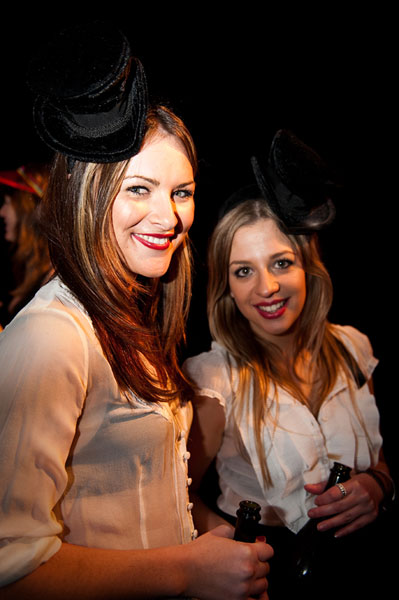

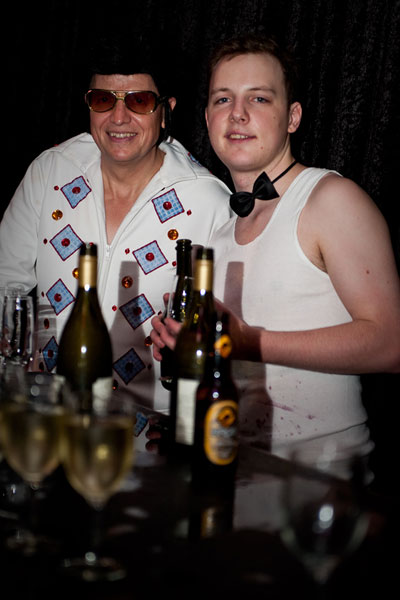
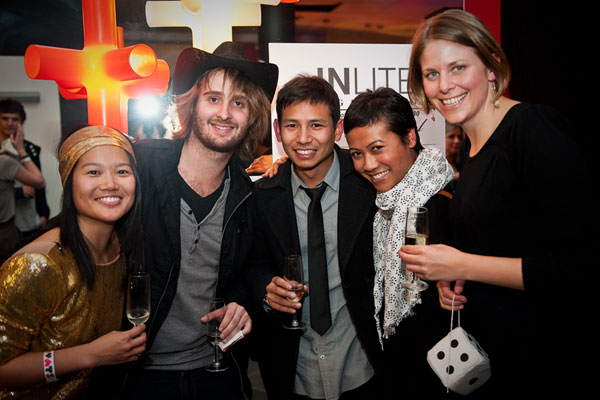
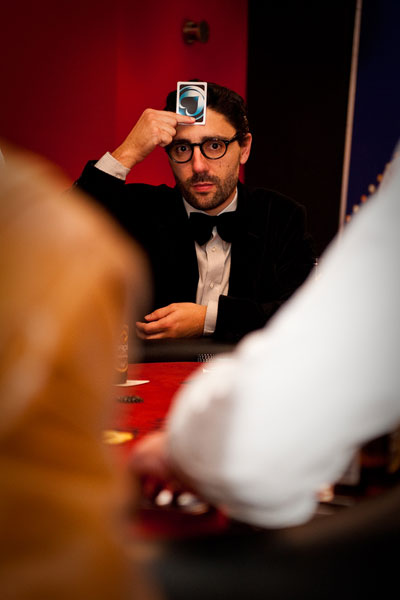
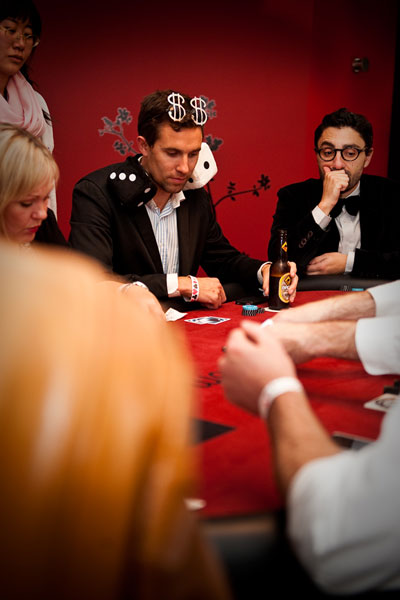
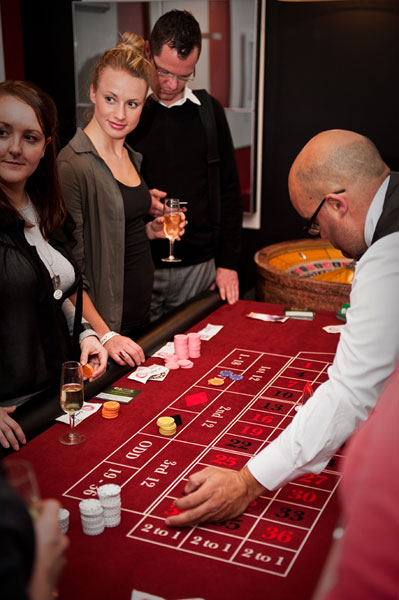
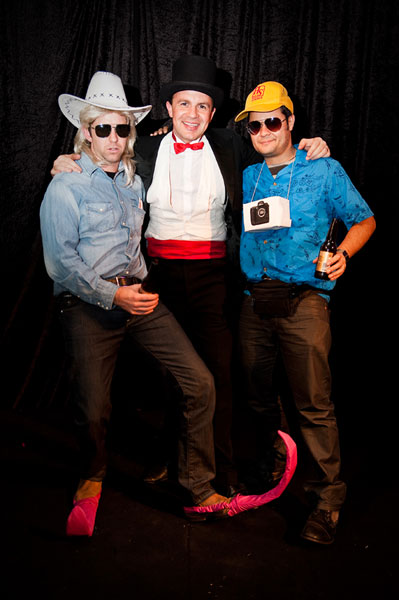

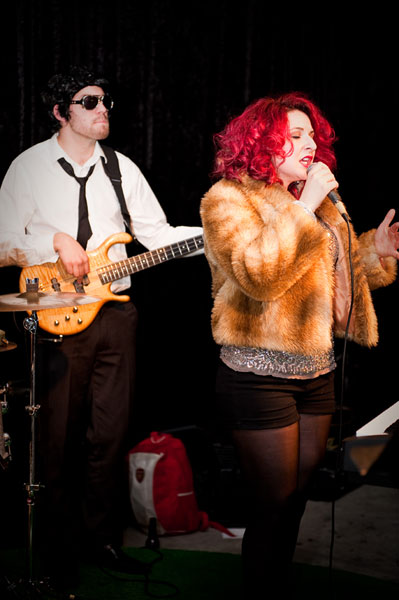
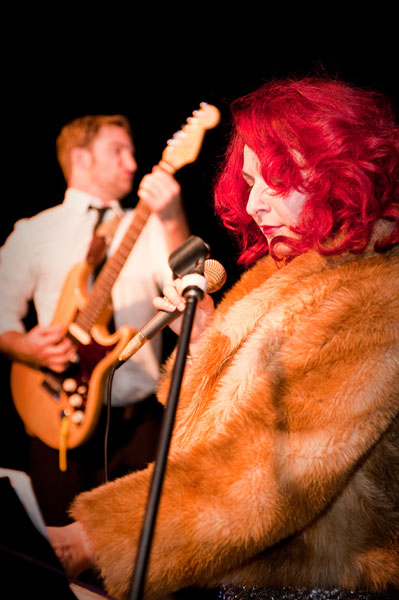




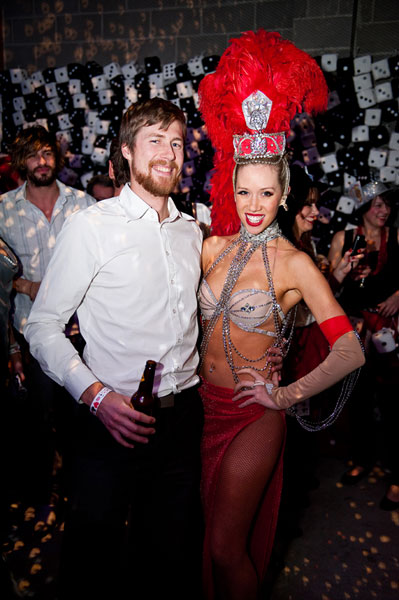

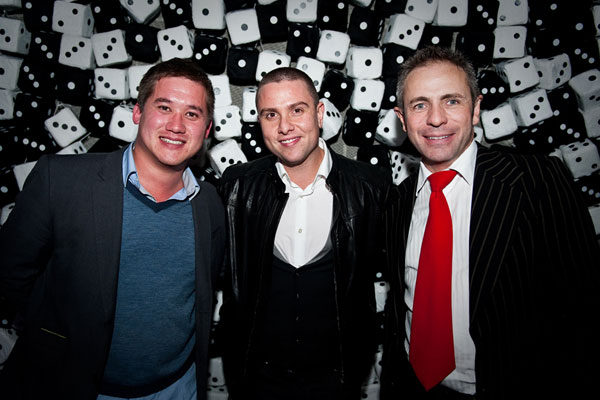
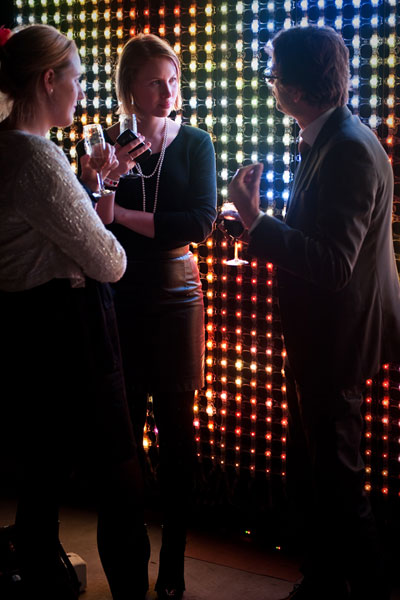

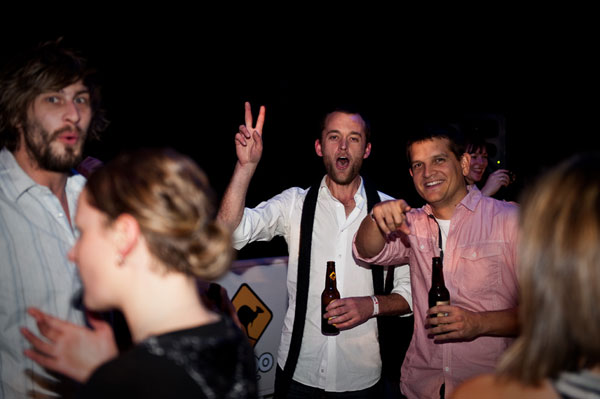
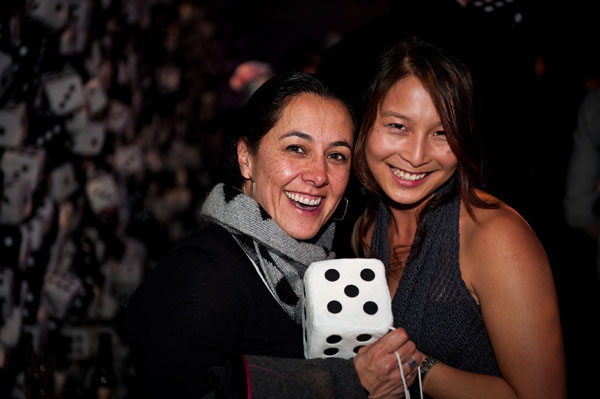



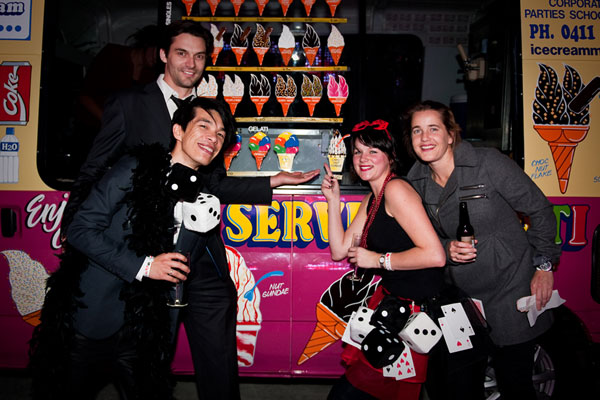
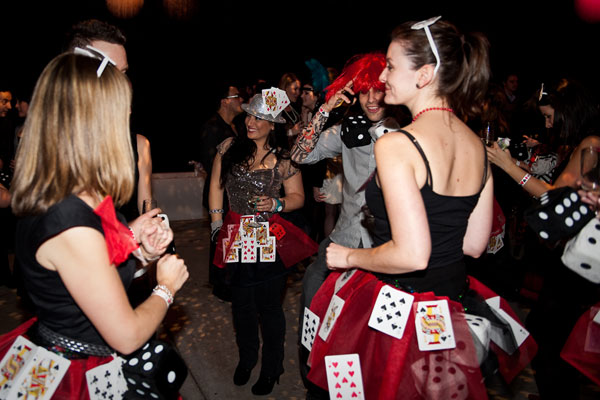






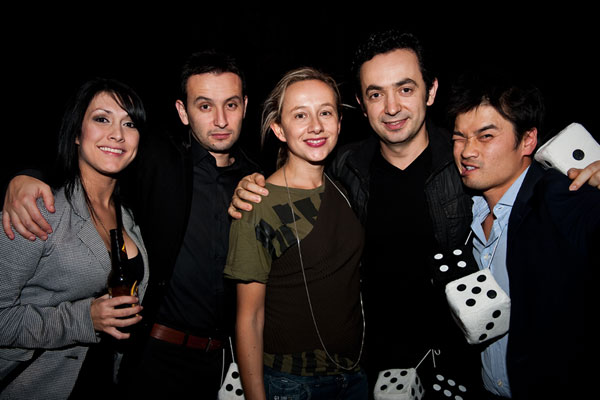
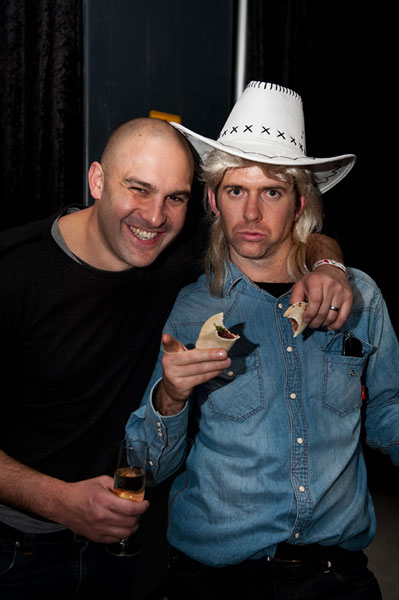


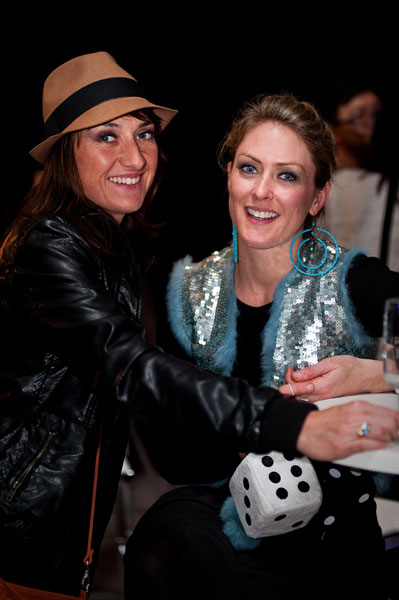
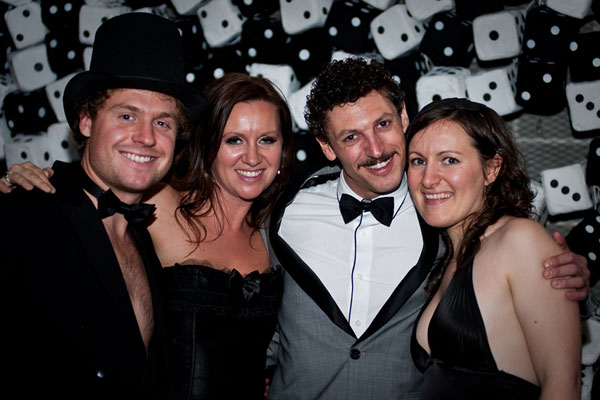
Minimalism: Space. Light. Object. is curated by Eugene Tan, Russell Storer, Silke Schmickl and Goh Sze Ying from National Gallery Singapore, and Adrian George and Honor Harger from ArtScience Museum.
A searchable and comprehensive guide for specifying leading products and their suppliers
Keep up to date with the latest and greatest from our industry BFF's!

Channelling the enchanting ambience of the Caffè Greco in Rome, Budapest’s historic Gerbeaud, and Grossi Florentino in Melbourne, Ross Didier’s new collection evokes the designer’s affinity for café experience, while delivering refined seating for contemporary hospitality interiors.

In the pursuit of an uplifting synergy between the inner world and the surrounding environment, internationally acclaimed Interior Architect and Designer Lorena Gaxiola transform the vibration of the auspicious number ‘8’ into mesmerising artistry alongside the Feltex design team, brought to you by GH Commercial.

Savage Design’s approach to understanding the relationship between design concepts and user experience, particularly with metalwork, transcends traditional boundaries, blending timeless craftsmanship with digital innovation to create enduring elegance in objects, furnishings, and door furniture.

Sub-Zero and Wolf’s prestigious Kitchen Design Contest (KDC) has celebrated the very best in kitchen innovation and aesthetics for three decades now. Recognising premier kitchen design professionals from around the globe, the KDC facilitates innovation, style and functionality that pushes boundaries.

Set to undergo a $60-million revitalisation, the National Gallery of Australia has announced the launch of a landscape design competition for its Sculpture Garden.

An outstanding line-up of participants will contribute to a beautifully curated exhibition in Thailand that delves deep into the collective thinking of architecture in our region and helps set a progressive agenda for the future of design.
The internet never sleeps! Here's the stuff you might have missed

Esoteriko has embodied a new lease on beauty within Double Bay’s latest cosmetic clinic, overlayed with modern eclecticism.

Milanese artisan Henry Timi celebrates natural materials through strikingly reduced geometric forms, creating a stripped-back vision of interior luxury.